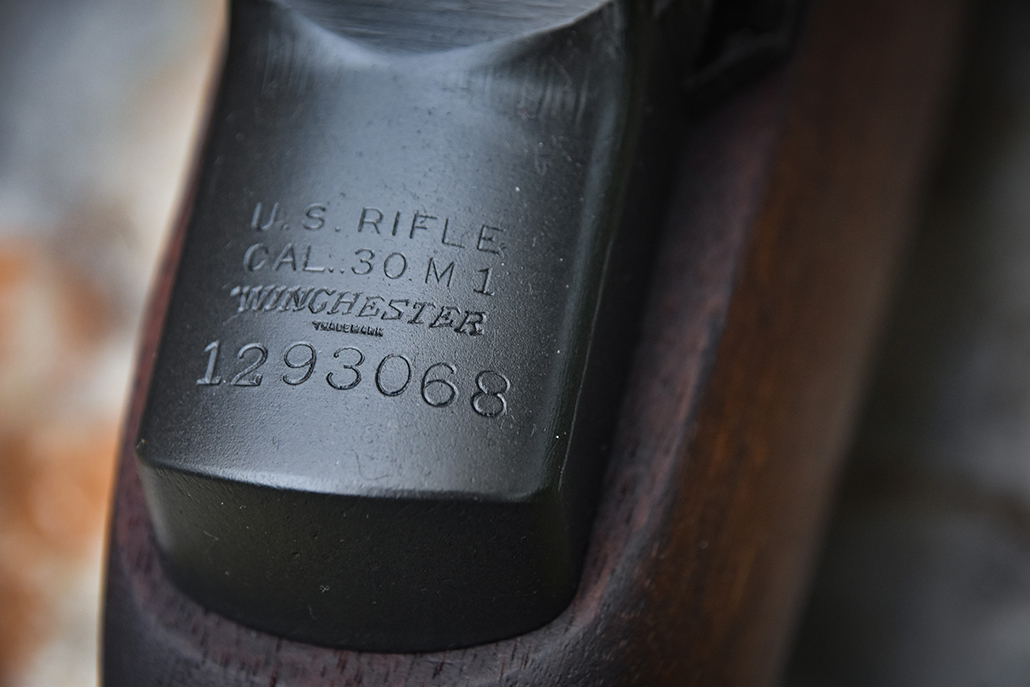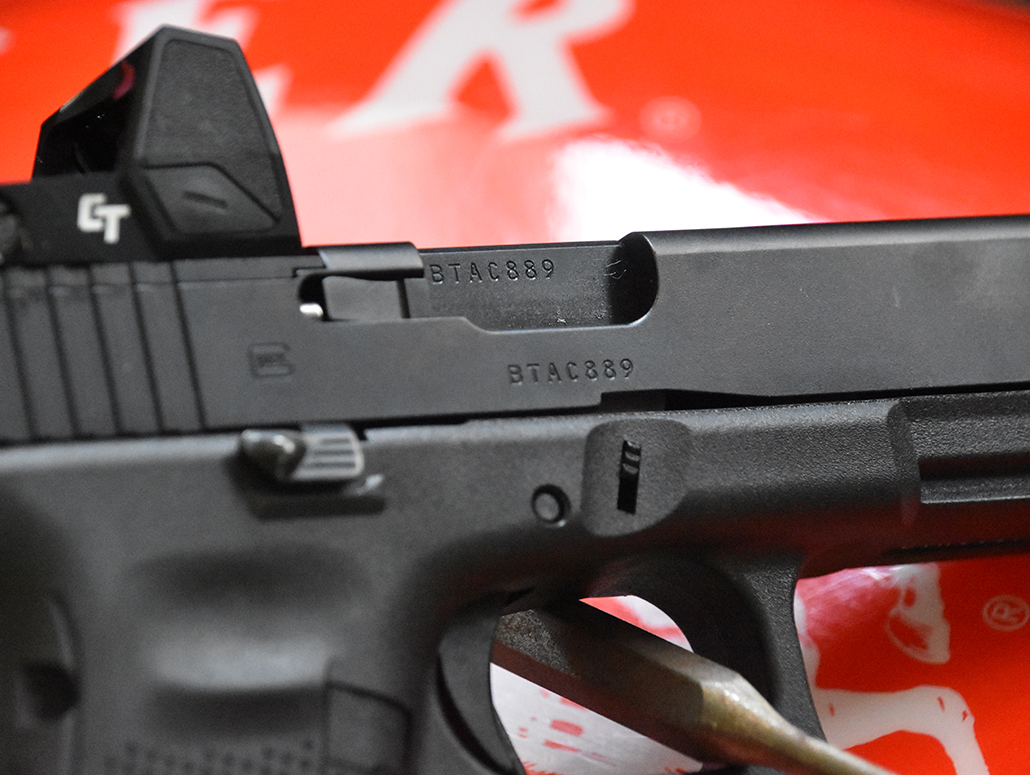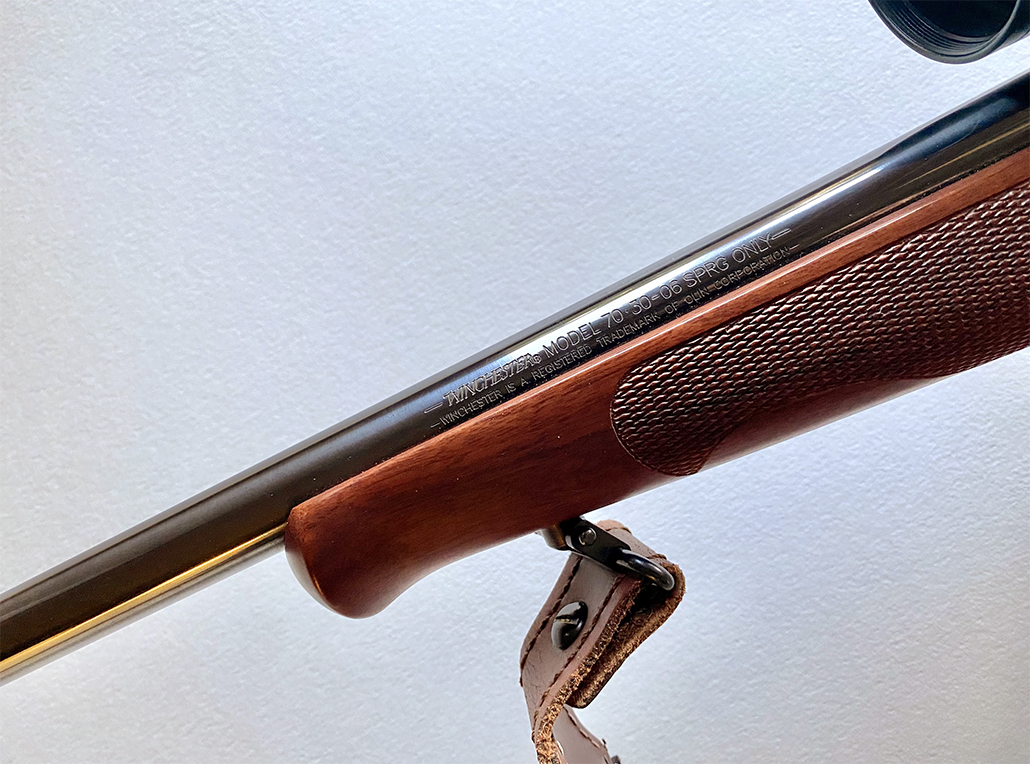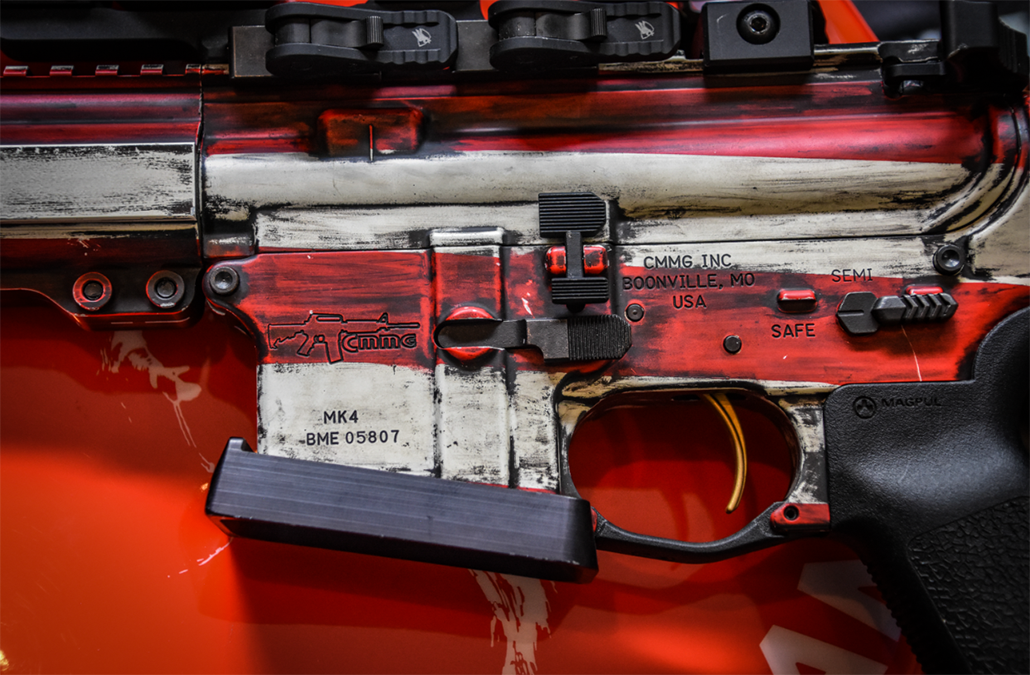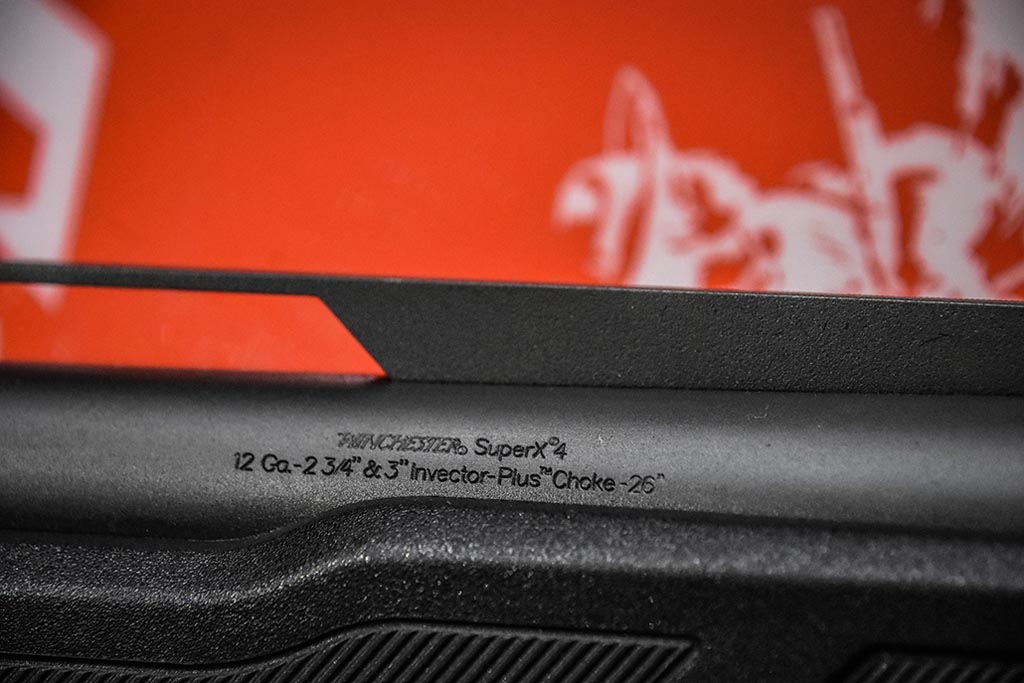How to Identify the Caliber/Gauge of a Firearm
Have you ever wondered how experienced gun owners know exactly what make and model a gun is?
Whatever your background with guns, you CAN learn how to identify the caliber of a firearm!
Why do we need to know how to identify the caliber/gauge of a firearm?
Using a firearm requires that you use correct ammunition. Using correct ammunition is important so the gun works, and does so safely. You do not want to put the wrong ammunition into a firearm and risk damaging it; or worse, damaging yourself and those around you.
Whatever firearm you own, the ammunition it uses needs to fit the chamber and bore of the gun. In simple terms, the caliber is a function of bore diameter and size and shape of chamber the brass case holding the powder fits into.
Chamber:
The chamber is the receiver or back end of the barrel where the round fits into place. It is where the piece of brass (or in shotguns, the hull) is held as the primer is ignited, powder burns, and projectile is pushed down the barrel.
Bore:
The bore is hole down your barrel and its diameter determines the size of bullet your firearm will shoot.
Understanding these facets of a firearm, it’s clear if someone was to use the wrong sized projectile in a case that was not made to fit the chamber of the firearm…there could be problems. If a projectile was too large or small, or the cartridge too small or big, it could change the pressure and cause a dangerous situation.
Other reasons to ensure you use the correct ammo relate to things like the burning rate of the powder inside the round. For example, rifles are not made to shoot with pistol powder, and vise-versa. It can lead to serious pressure concerns. Ensuring that you use the correct ammunition is non-negotiable when it comes to shooting a firearm. It’s a very basic idea, but very important.
So how do you determine what ammunition is the right ammo? You have to look carefully at the firearm and make informed observations.
Where to look:
Usually the caliber of your firearm is stamped into the barrel or receiver. On some pistols, the caliber is stamped on the breech end of the barrel, just above the loading port. (see the lead picture above) It’s almost like a little visual reminder of what caliber you are working with as you manipulate the slide of the pistol and load ammunition into the chamber.
Some firearms have all the information in one place: case in point, the M1 Garand. (see photo above) Others have serial numbers in one location and caliber in another, so understanding what you are looking at and for is important.
Pistols:
Look for the caliber stamped on the barrel, or the side of the frame. You could also look at the magazine that comes with your gun. Usually a magazine will have a stamped number, like 9mm or .40. There are multiple places where you should see the caliber. If you cannot find the caliber, try searching your serial number on the manufacturer’s web site. Be mindful of pistols like a Glock, because both the upper and lower are serialized, and if someone switched the part whose serial number you search, it could give you the wrong information. (see the Glock image above)
Rifles:
On your typical hunting rifle, like a bolt action rifle, look for the caliber on the barrel. Often the manufacturer will stamp the caliber on the barrel, and sometimes the twist rate of the barrel. You might find just the model number. If the model number is all the info that you have, search the model # and serial # on the manufacturer’s web site. (see 30-06 picture above)
An AR platform rifle will usually have the model stamped on the receiver. (see CMMG Model MK4 above) AR’s come in other calibers, besides 223 and 5.56. ARs can be 308 or 300 Blackout. You can buy AR platform guns that shoot 9mm pistol rounds - a pistol caliber carbine or PCC. So, always look at the barrel for information on the caliber. Look at the receiver as well. If your receiver looks like it takes regular AR magazines, you know it’s most likely chambered in a rifle caliber.
Shotguns:
Shotguns usually have the make, model, and gauge stamped on the receiver end of the barrel, often on the left side. The pictured Winchester SXP is a good example. (see picture above) This particular stamp even tells you the size of shells that you can use in the gun, which is something hunters often want to know.
Shotguns are a little simpler than other firearms when it comes to determining what ammo to use because shotguns are sized by gauge instead of caliber, and there are fewer gauges than calibers. 12 gauge is the most popular. and 20 gauge after that. Then, other gauges or slug-only guns are going to be other common variations on a shotgun.
Slug guns are usually used for deer or predator hunting, and have a rifled barrel instead of a smooth bore like other shotguns. They are only meant for shooting slugs, not birdshot. They will generally have the caliber listed on the firearm as well.
When in Doubt:
If you are in doubt after looking over the firearm, don’t take chances or guess! Call a friend or family member who is experienced with firearms and ask for help. Take the gun to your local gun store and ask for their input. If you have a firearm and don’t know what ammunition it uses, do not take chances with your safety. Take time to find out what you need to know before you shoot your firearms so you have a safe and enjoyable experience.
Make sure you are following Winchester by heading to https://winchester.com/New-Shooters for lots of great info geared toward the new gun owner. You’ll find everything from videos on how to find a place to shoot, to ammo storage, and so much more!





